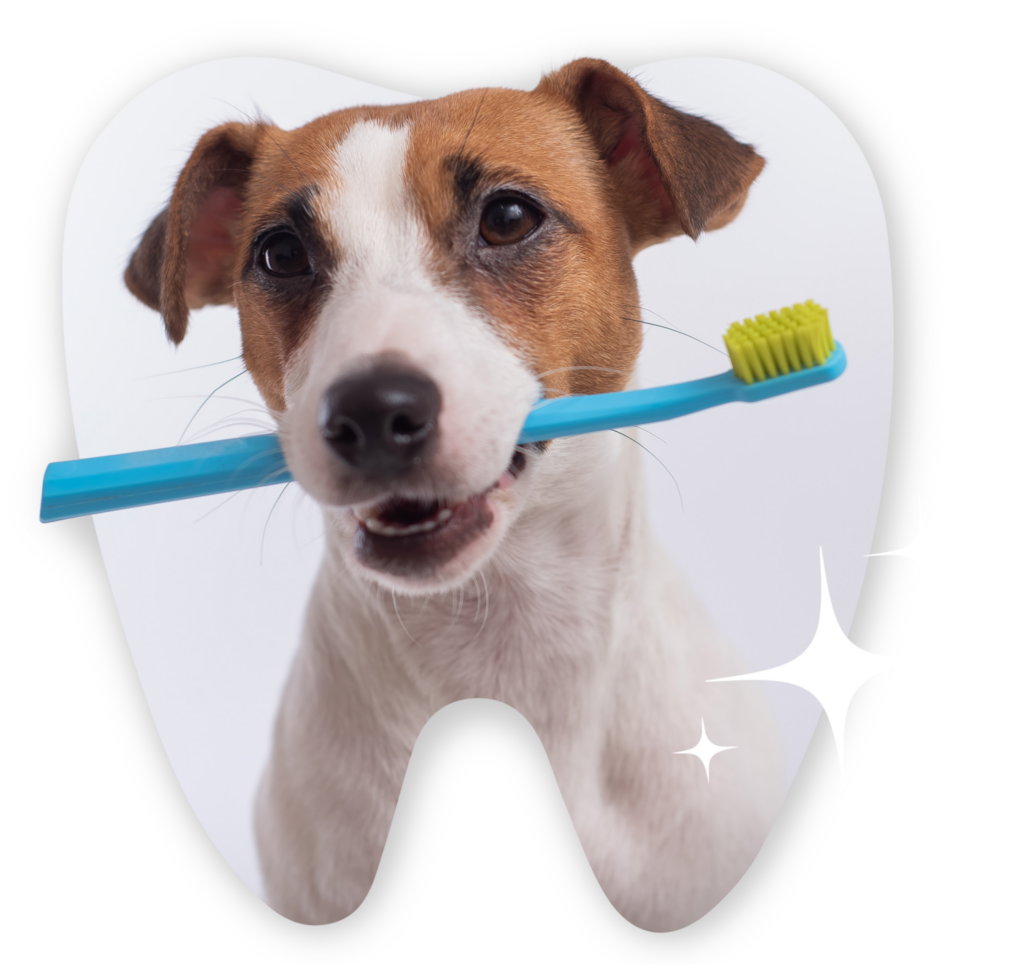Dental Days Deal
$100 off Dental Cleanings
For new and existing clients!
Call (301) 743-5411 to schedule a cleaning today!

Pet dental care is often an overlooked aspect of care, but at Potomac Animal Wellness Services, we want pet owners to know how important your pet’s oral hygiene is to their overall health. Because of this, we recommend having your pet’s teeth cleaned at least once a year along with regular at-home care to maintain your pet’s clean teeth and healthy lifestyle.
Keep your pet’s teeth clean and healthy and schedule an appointment at PAWS today!
Why Is Dog or Cat Dental Health Important?
Just like humans, pets require regular dental care to prevent dental disease or other issues, which if left untreated, may lead to more serious health problems such as infection of the heart, liver, or kidneys. Scheduling professional dog or cat teeth cleaning appointments, as well as brushing your pet’s teeth at home can help prevent any problems and maintain your pet’s oral health. This also enables our team to regularly examine your pet’s mouth so we can address any abnormalities before they become more serious.
Does Your Pet Need Dental Care?
Sometimes it may be difficult to know when your pet requires dental care. Pets can easily mask symptoms of pain or discomfort and make it tricky to know when they need care. If you notice any of the following symptoms, we recommend making an appointment with the PAWS team:
Bad breath
Excessive chewing or drooling
Broken, loose or missing teeth
Lack of appetite or difficulty chewing
Discoloration or tartar build up around the gum line
Swelling or bleeding around the mouth
How We Manage Your Pet’s Dental Health
To maintain your pet’s dental health, we provide dental prophylaxis appointments in Indian Head, MD. The PAWS team will assess your pet’s health via pre-anesthetic bloodwork to ensure their safety. We will place an IV catheter to administer fluids and monitor vitals while your pet is under general anesthesia. Having your pet sedated will allow our team to perform a more comprehensive examination of your pet’s teeth and mouth.
Here is what to expect during your pet’s dental appointment:
- Your veterinarian will perform a full mouth examination to assess the tongue, tonsils, gums, teeth, hard and soft palates of your pet’s mouth in addition to measuring all gingival pockets to check for any abnormalities or signs of disease.
- Each crown of your pet’s teeth is cleaned with an ultrasonic scaler before we remove any bacteria or plaque below the gum line. Then, we will polish each tooth and provide a fluoride treatment.
- We also recommend dental X-rays for all pets, which enable our team to evaluate your pet’s mouth below the gum line and check for issues including root abscesses, root fractures, severe bone loss of the jaw and cystic lesions and address these issues during your pet’s appointment.


